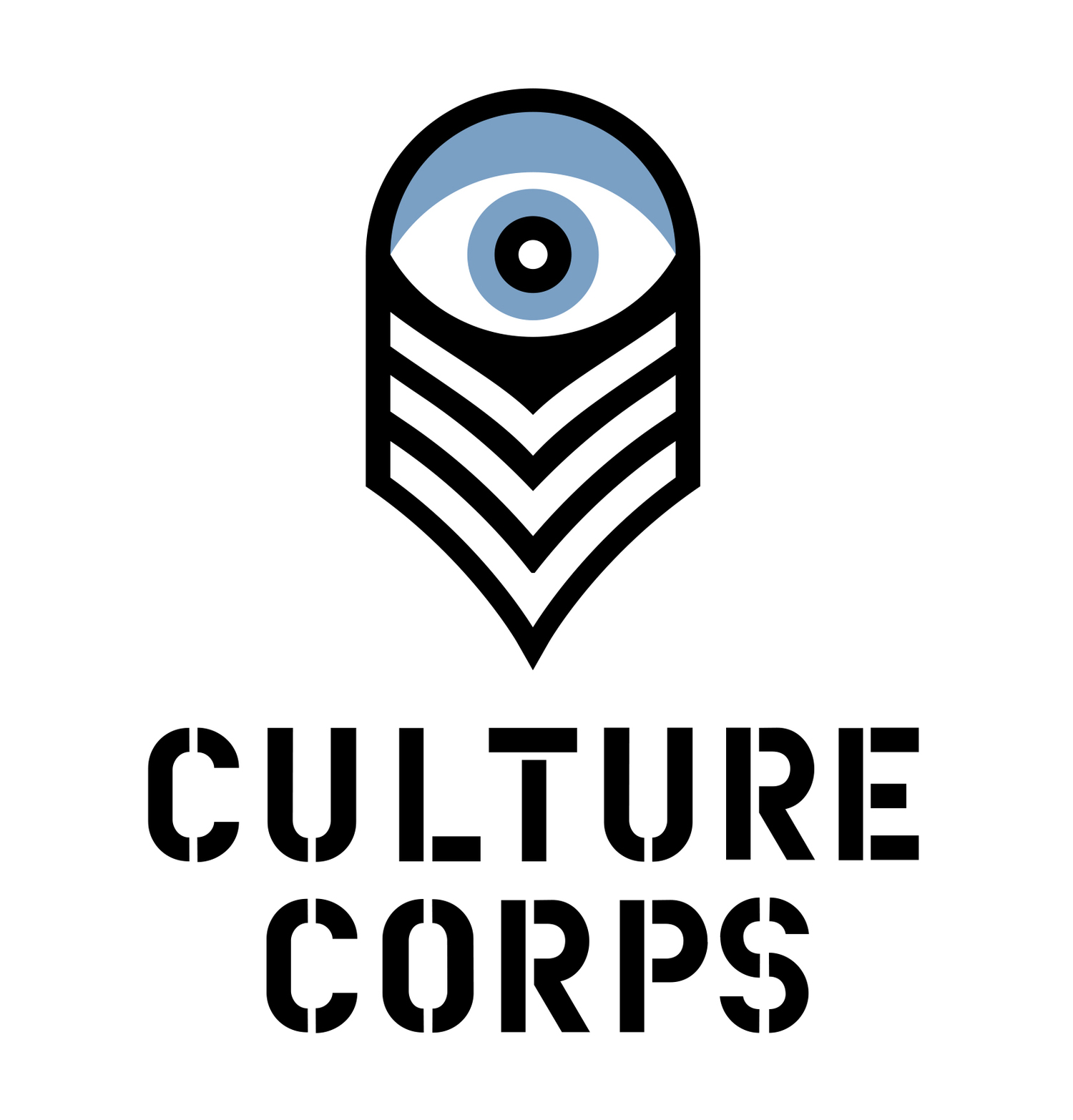CULTURED MAGAZINE: 2014
Doreen Remen X Yvonne Force Villareal
"NEITHER OF US EVER THOUGHT WE'D START A COMPANY TOGETHER," SAYS DOREEN REMEN, ONE HALF OF THE ART PRODUCTION FUND, WHO MET HER BEST FRIEND AND BUSINESS PARTNER THE FIRST DAY OF HER FRESHMAN YEAR AT RISD IN THE LATE '80S, WHEN YVONNE FORCE VILLAREAL ROLLED IN WITH BLACK LIPSTICK AND TEASED HAIR. VILLAREAL STUDIED PAINTING, REMEN ARCHITECTURE, AND THE PAIR FOUND BALANCE IN EACH OTHER. "I WAS SO IMPRESSED BY HER STEADY TENACITY WHILE I WAS GOING TO THE RISD CLUB—THE TAPROOM FOR MY ALL-NIGHTERS!" RECALLS VILLAREAL.
In turn, APF has also become a sort of patron—but swap stuffy airs and corrupt heirs for downtown denizens and the impossibly cool, and there’s APF’s output. “At RISD, we met an incredible group of artists like Richard Artschwager, Philip Taaffe and Ross Bleckner,” says Villareal, “and friends including Ricci Albenda, Jody Quon, Lucas Michael and Liz Deschenes, whom we are still close with and work with.”
The list of projects that APF has produced over the years is eye-popping. It conceived Yvette Mattern’s Global Rainbow project, laser lights over downtown Manhattan after Hurricane Sandy that could be seen from 35 miles away, and the “Art Adds” project, starting in 2010 and placing Alex Katz, Yoko Ono and Shirin Neshat artworks on 500 taxi cab marquees. Says Villareal, “I am proud that many of our ambitious projects—“Rudolf Stingel’s Plan B carpet at Grand Central, Elmgreen & Dragset’s Prada Marfa and Aaron Young’s Greeting Card at the Park Avenue Armory— have entered into the course of art history.”
Together, over the last decade and change, the duo has sprouted the Art Production Fund (APF), which has brought art into the public realm in distinct and clever ways. “While neither of us is pursuing exactly what we studied, the rigor and skill sets we learned have been essential to us as producers and presenters,” explains Villareal. In 1998, under her Yvonne Force Inc. company, Villareal produced the Vanessa Beecroft “SHOW” at the Guggenheim, where quasi-naked models (in Gucci heels and bikinis, with some wearing nothing but foundation makeup) stood around like human statues. That became “a forerunner to many projects that would integrate art and luxury,” says Remen. “Brands that create luxury products are in a position to make grand cultural projects a reality. They act as the Medicis of our time, supporting great artists in their practice.” APF was then officially founded in 2000.

